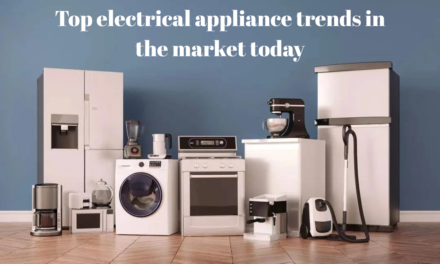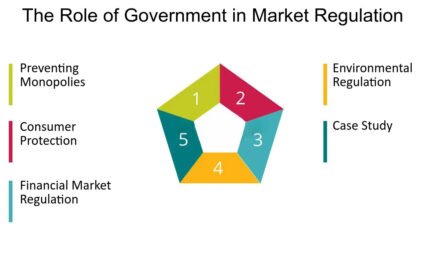When selecting a bulb or tube light for specific applications, several factors should be considered to ensure optimal performance, energy efficiency, and suitability for the environment. Here are the key factors to keep in mind:
1. Lighting Requirements (Brightness and Lumen Output)
- Lumen Output: Different applications require different levels of brightness. The lumen rating of a bulb or tube light determines how much light is emitted. For example:
- Commercial and industrial spaces like warehouses, factories, and offices require higher lumen output for better visibility.
- Residential areas might need less intense lighting for more comfort and ambiance.
- Application: Choose lights with an appropriate lumen rating to meet the specific lighting needs (e.g., 2000-3000 lumens for general office lighting, 10,000-20,000 lumens for large industrial spaces).
2. Energy Efficiency
- Wattage and Power Consumption: Consider how much energy the light consumes, especially for larger areas or high-use spaces. LEDs are the most energy-efficient, consuming less power compared to incandescent or fluorescent lights while providing similar or better brightness.
- Efficiency Rating: Look for Energy Star ratings or similar certifications to ensure the product meets energy-saving standards.
3. Color Temperature (Kelvin Rating)
- Warm vs Cool Light: The color temperature of a light determines the tone of the light emitted (measured in Kelvins, K):
- Warm White (2700-3000K): Creates a soft, relaxing ambiance, ideal for residential settings like bedrooms or living rooms.
- Neutral White (3500-4100K): Provides a balanced and clear light, good for offices and workspaces.
- Cool White (5000-6500K): Mimics daylight and is suitable for factories, workshops, or areas requiring higher concentration or visibility.
- Color Rendering Index (CRI): Ensure the CRI rating is high (above 80) for spaces that require accurate color representation (e.g., art galleries, showrooms).
4. Lifespan and Durability
- Longevity: LED lights have much longer lifespans (up to 50,000 hours) compared to traditional options like incandescent and fluorescent bulbs (which last between 1,000 and 15,000 hours).
- Environment and Usage: Consider the durability of the light. For harsh industrial environments or outdoor use, look for lights with IP (Ingress Protection) ratings that indicate resistance to dust, moisture, and impact.
5. Type of Fixture or Mounting (Compatibility)
- Compatibility with Fixtures: Ensure the bulb or tube light is compatible with the existing fixtures in the application. LED tube lights often come in T8 or T5 sizes, and there are different mounting options (e.g., surface-mounted, recessed, suspended).
- Ease of Installation: LED bulbs and tube lights are often designed to retrofit existing fixtures, allowing for easy upgrades from older technologies like fluorescent lights.
6. Dimming Capability
- Dimmable Lights: For applications requiring flexibility, such as in offices or restaurants, choose bulbs or tube lights that are dimmable. This feature allows you to adjust the brightness based on specific tasks or desired ambiance.
- Compatibility with Dimming Systems: If you already have a dimming system, ensure the chosen light is compatible with it.
7. Color Accuracy (Color Rendering)
- Color Rendering Index (CRI): This is particularly important in environments where the true color of objects is crucial, such as in photography studios, retail shops, or hospitals. Look for lights with a CRI of 80 or higher for good color accuracy.
8. Application Environment
- Temperature and Humidity: For outdoor or industrial applications, consider the ambient temperature and humidity. Some bulbs and tube lights are designed to withstand extreme temperatures or high humidity (e.g., for cold storage areas or outdoor lighting).
- Vibration Resistance: In industrial environments with heavy machinery or in areas exposed to vibrations, choose durable lights with features like shock resistance or IP-rated protection.
9. Environmental Impact and Sustainability
- Eco-Friendly Materials: Opt for energy-efficient lighting solutions that are free from hazardous materials like mercury. LEDs, for example, are mercury-free and can be easily recycled.
- Recyclability: Choose products that are easily recyclable and have low environmental impact over their lifespan.
10. Cost and Return on Investment (ROI)
- Upfront Cost vs. Energy Savings: While energy-efficient options like LEDs may have a higher initial cost, they provide significant savings in the long run due to their lower energy consumption and longer lifespan.
- Long-Term Value: Consider the total cost of ownership, factoring in energy savings, reduced maintenance, and replacements.
11. Compliance with Standards and Certifications
- Ensure the lights meet necessary regulatory standards for safety, energy efficiency, and performance:
- Energy Star or UL certification for safety and energy performance.
- RoHS compliance for environmentally friendly manufacturing.
Conclusion
Selecting the right bulb or tube light involves considering factors like energy efficiency, brightness, color temperature, and environmental suitability. Choosing the right lighting solution ensures optimal performance, cost savings, and comfort in both residential and commercial settings.
Hashtags
#EnergyEfficientLighting #LowWattageLighting #EnergySavingBulbs #LEDWattage #ChooseEfficientLighting #LightingEnergyEfficiency #PowerSavingLights #EnergySavingTubeLights #LEDvsIncandescentWattage #CostEffectiveLighting #Brightness #LumenOutput #ColorTemperature #LightQuality #Durability #Lifespan #IndoorLighting #OutdoorLighting #FixtureCompatibility #CostSavings #Sustainability #LightDistribution #Regulations #Certifications














